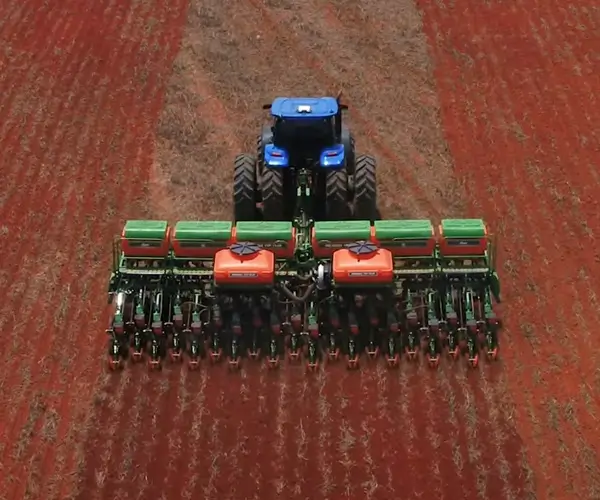part 1:
Harnessing the Power of Four: An Introduction to Geared DC Motors
In the realm of modern engineering and robotics, the quest for efficient, powerful, and finely controllable motors never ceases. Among the numerous options available, geared DC motors have established themselves as the go-to solution for applications demanding reliable torque and precise speed control. But what happens when you combine four of these marvels into a single setup? The answer is a marvel of engineering potential—a synergy that powers everything from intricate robotics to heavy-duty automation.

What Are Geared DC Motors?
At their core, geared DC motors are standard direct current motors paired with an integrated gearbox. The purpose of this gearbox is to convert the high-speed, low-torque rotation of the motor into a lower-speed, high-torque output. This transformation makes geared DC motors particularly versatile: they can deliver forceful movement with fine control, often essential in robotics, conveyor belts, and servo applications.
Unlike their gearless counterparts, geared DC motors excel at producing high torque at low speeds, making them ideal for tasks such as lifting, pushing, or precise positioning. Their compact size combined with their robust torque output unlocks a multitude of capabilities in confined spaces where power and control are paramount.
Why Use Four Geared DC Motors?
The configuration of four geared DC motors can dramatically elevate a project’s potential. There are several compelling reasons for deploying four motors together:
Enhanced Power and Load Distribution: Distributing workload across four motors enables handling larger forces without overtaxing individual motors, leading to increased longevity and reliability.
Redundancy and Resilience: If one motor fails, the remaining three can sometimes compensate, especially if the system is designed accordingly, minimizing downtime.
Complex Movement and Control: Four motors allow for multidirectional movement and intricate manipulations—think of a robotic arm with multiple degrees of freedom or a robotic platform needing coordinated omnidirectional motion.
Precision and Synchronization: Multiple geared DC motors can work in harmony, offering high levels of precision critical for assembly lines, surgical robots, or intricate artistic machines.
Features and Benefits of Geared DC Motors x4
When selecting four geared DC motors for a system, several key features become attractive:
Adjustable Gear Ratios: Gearboxes come in various ratios, allowing customization for specific torque and speed requirements. Whether you need rapid movement or brute force, you can fine-tune the gear ratio for your needs.
High Efficiency: Modern geared DC motors are built for minimal energy loss, maximizing runtime and reducing heat generation.
Compactness: Despite their power, these motors are often small and lightweight, making them suitable for integration into compact robotics or mobile platforms.
Easy Control: Equipped with simple electrical interfaces, geared DC motors can be integrated with microcontrollers, motor drivers, or even advanced control algorithms for seamless operation.
Typical Applications of Four Geared DC Motors
The versatility of four geared DC motors makes them suitable for a broad spectrum of applications, including:
Robotics: From humanoid robots with multiple joints to mobile robots with omnidirectional wheels, four geared DC motors are often at the heart of complex systems. Automation Equipment: Robots used in manufacturing, packaging, and warehousing rely on synchronized motors for precise movement. Medical Devices: Surgical robots or diagnostic machinery benefit from the controlled, high-torque capabilities of geared DC motors. Aerospace and Automotive: From drone gimbal stabilization systems to custom automotive chassis, these motors provide necessary power and control.
Choosing the Right Set of Four Geared DC Motors
Selecting the perfect four geared DC motors hinges on understanding your specific application requirements:
Torque Needs: Establish how much force the motors need to exert. Heavier loads or faster accelerations require higher torque motors. Speed Range: Determine the optimal operational speed for your system. Gear ratios can be tailored to achieve the desired RPM. Power Supply Compatibility: Match the voltage and current ratings of your motors with your power source for optimal performance. Control Methods: Decide whether you need simple ON/OFF control, speed regulation, or sophisticated feedback mechanisms such as encoders for position control.
In practice, it’s advisable to consult manufacturer datasheets, seek expert advice, and, if possible, test different configurations before finalizing your setup. The key is balancing power, efficiency, size, and cost to meet your project goals.
Leveraging innovations in modular drive technology, Kpower integrates high-performance motors, precision reducers, and multi-protocol control systems to provide efficient and customized smart drive system solutions.




































